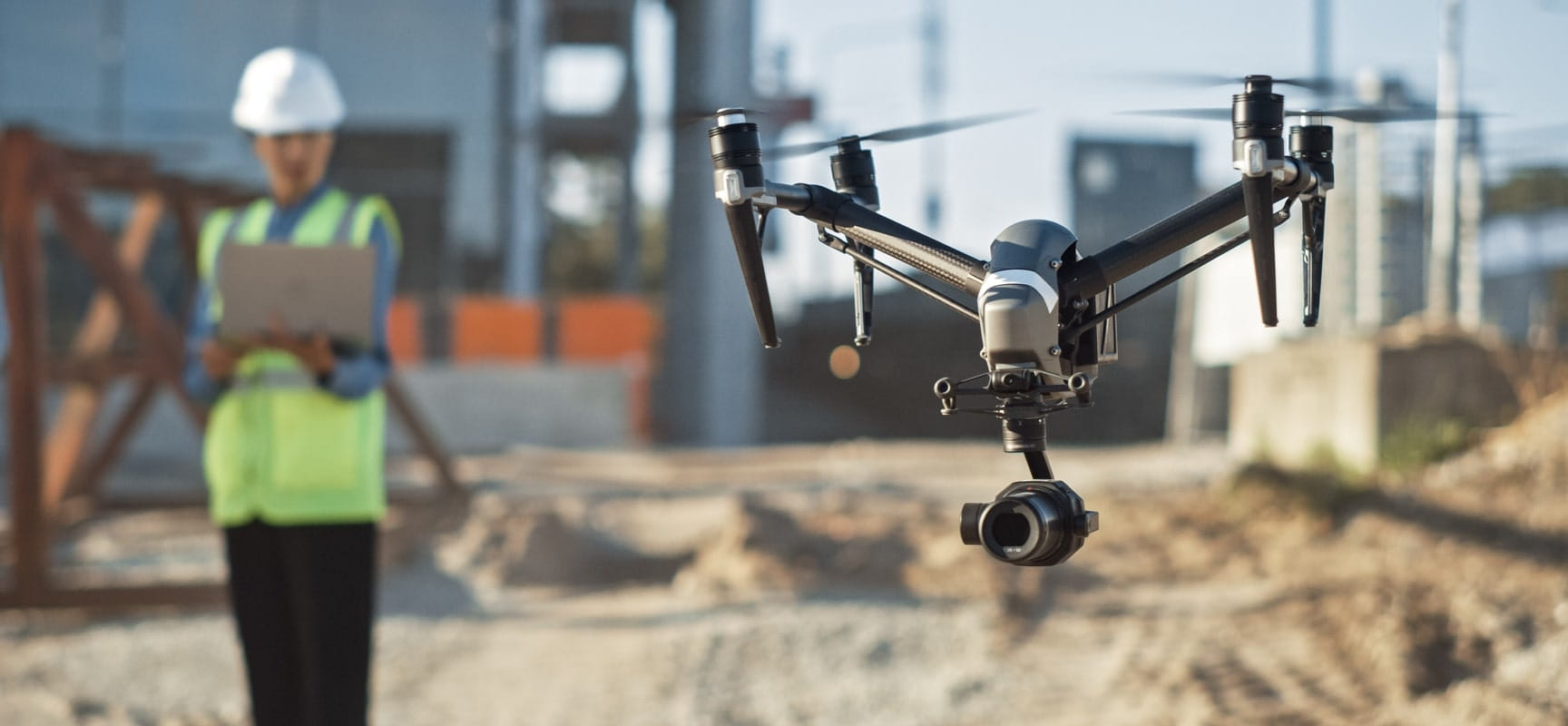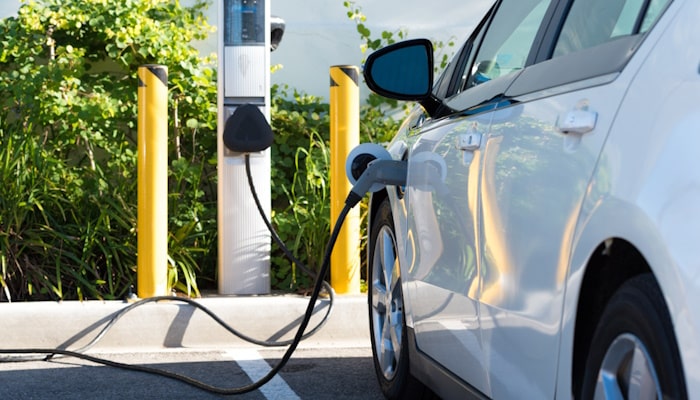
OSHA Regulations for Drone Usage in the Workplace
OSHA (Occupational Safety and Health Administration) regulations are designed to ensure safe and healthy working conditions for employees in the United States. When it comes to drone usage in the workplace, OSHA regulations come into play, particularly in industries where drones are used for various purposes such as inspections, surveillance, or data collection.
OSHA mandates that employees operating drones in the workplace must receive appropriate training and certification. This includes understanding safe operating procedures, recognizing potential hazards, and knowing how to mitigate risks associated with drone operations. Employers are responsible for providing adequate training to their drone operators to ensure compliance with OSHA standards.
OSHA also requires that employers conduct thorough risk assessments before deploying drones in the workplace. This involves identifying potential hazards associated with drone operations, such as collisions, electrical interference, or privacy concerns. Employers must then implement measures to mitigate these risks, which may include establishing no-fly zones, using safety equipment, or implementing emergency procedures.
OSHA regulations require employers to establish and enforce safety protocols for drone operations. This includes implementing procedures for pre-flight checks, ensuring proper maintenance of drones and related equipment, and establishing protocols for emergency situations. Employees must be familiar with these safety protocols and adhere to them at all times during drone operations.
The regulations also require that employers maintain detailed records of drone operations, including training records, maintenance logs, and incident reports. This documentation helps demonstrate compliance with OSHA standards and provides a record of safety practices in the event of an inspection or audit.
Depending on the nature of the drone operations and associated hazards, OSHA may require the use of personal protective equipment (PPE) such as safety glasses, helmets, or high-visibility vests. Employers must assess the need for PPE based on the specific risks present in their drone operations and ensure that employees are provided with the necessary protective gear.
OSHA regulations also intersect with privacy and data security considerations when it comes to drone usage. Employers must ensure that drone operations comply with relevant privacy laws and regulations, particularly regarding the collection and storage of sensitive information. This may include implementing encryption protocols, restricting access to drone data, and obtaining consent from individuals whose privacy may be impacted by drone operations.
OSHA released updated guidance for the use of Small Unmanned Aircraft Systems ("SUAS" or "drones") on May 18, 2018, and then updated that guidance on December 22, 2021. This instruction provides information and enforcement guidance to support OSHA's use of SUAS for any approved purpose as outlined in this directive, including in the following circumstances to use SUAS:
- To collect evidence during compliance inspections in certain workplace settings, including in areas that are inaccessible or pose a safety risk to inspection personnel.
- For technical assistance in emergency situations.
- During compliance assistance activities.
- For training activities.
Compliance with OSHA regulations regarding drone usage requires a comprehensive approach that addresses training, risk assessment, safety protocols, recordkeeping, and privacy considerations. By adhering to these regulations, employers can help ensure the safe and responsible use of drones in the workplace while protecting the health and well-being of their employees.

Related articles

Workers' compensation is a crucial safety net designed to protect employees who suffer injuries or illnesses in the workplace. However, like any system, it's vulnerable to abuse. Workers'...

In a world where energy demands are constantly evolving, 2024 marks a pivotal year as we witness a unique phenomenon in the oil and gas industry. Despite numerous challenges, global oil demand...

Comparative negligence is a legal principle used in personal injury cases to allocate fault and determine the extent of liability among the parties involved. This principle is applied when more than...